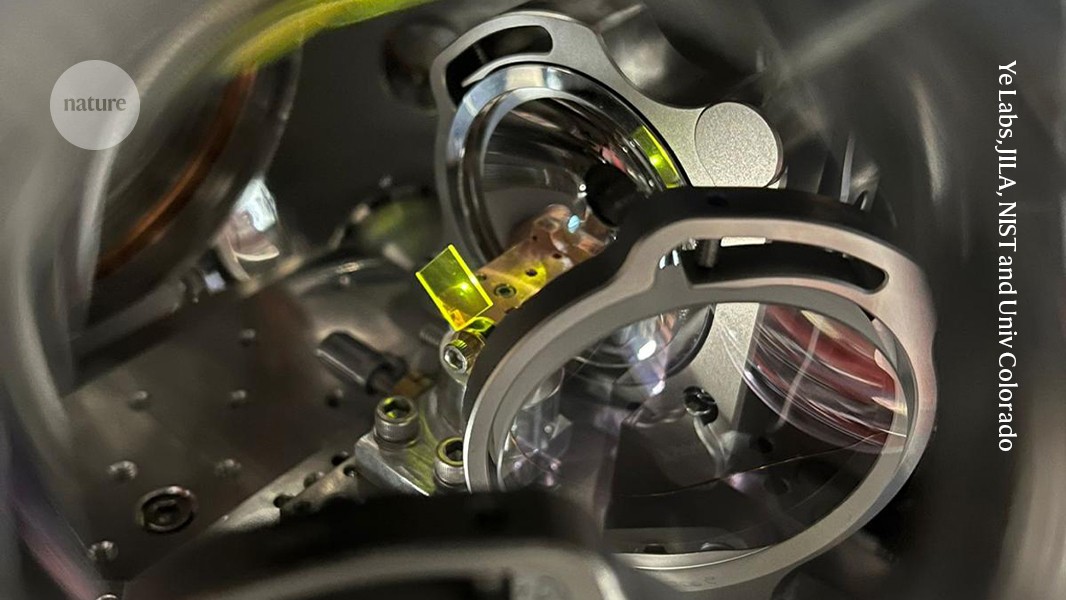A link to the preprint. I’ll do the actual math on how many transitions/second it works out to later and edit.
I’ve had an eye on this for like a decade, so I’m hyped.
Edit:
So, because of the structure of the crystal the atoms are in, it actually has 5 resonances. These were expected, although a couple other weak ones showed up as well. They give a what I understand to be a projected undisturbed value of 2,020,407,384,335.(2) KHz.
Then a possible redefinition of the second could be “The time taken for 2,020,407,384,335,200 peaks of the radiation produced by the first nuclear isomerism of an unperturbed 229Th nucleus to pass a fixed point in space.”



Agh. Unfortunately I have a tendency to do that.
My point is just that an FUV-frequency oscillator isn’t the new thing, but rather an FUV oscillator that’s pinned at that exact frequency due to the laws of physics (specifically the strong and weak nuclear forces). There’s many applications, but don’t expect a 2PHz CPU or something.
One that’s particularly direct, if more of a party trick, is a handheld stopwatch that could detect the time dilation from relativity just as you walk around.
If anyone has specific questions, I’ll clear it up as much as I can.